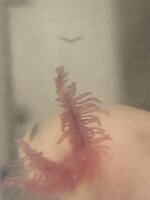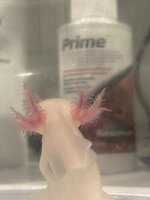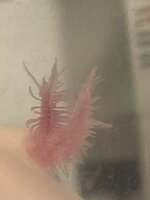Noodlesmom
Member
- Joined
- Feb 8, 2022
- Messages
- 45
- Reaction score
- 13
- Points
- 8
- Location
- Holbrook NY
- Country
- United States
I have been tryin to cycle a tank for the past two maybe more months. I’ve been trying to follow this guide and for the first month the levels seemed to be doing what it was supposed to do where ammonia and nitrite spike and as they decrease the nitrate spikes. Eventually it’s supposed to go level out to normal levels. Well when it started looking like it was leveling out the nitrite levels spiked up again and have been going in this cycle of lowering and then spiking again for the past month and a half. After talking with my local fish store where I got my axolotl they told me to frequently add nitrifying bacteria at least 2-3 times a week which I wasn’t doing before they told me and didn’t even know I had to. However, even after following their instructions my levels are still all over the place. I’m starting to get to the point where I want to start the whole thing from the beginning but I want to see if maybe I can save all the work I’ve been doing for the past two months. Please help.



